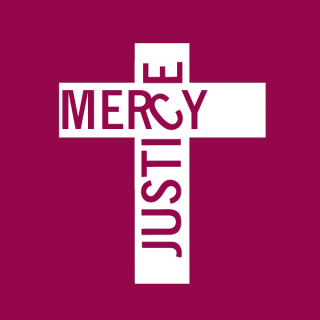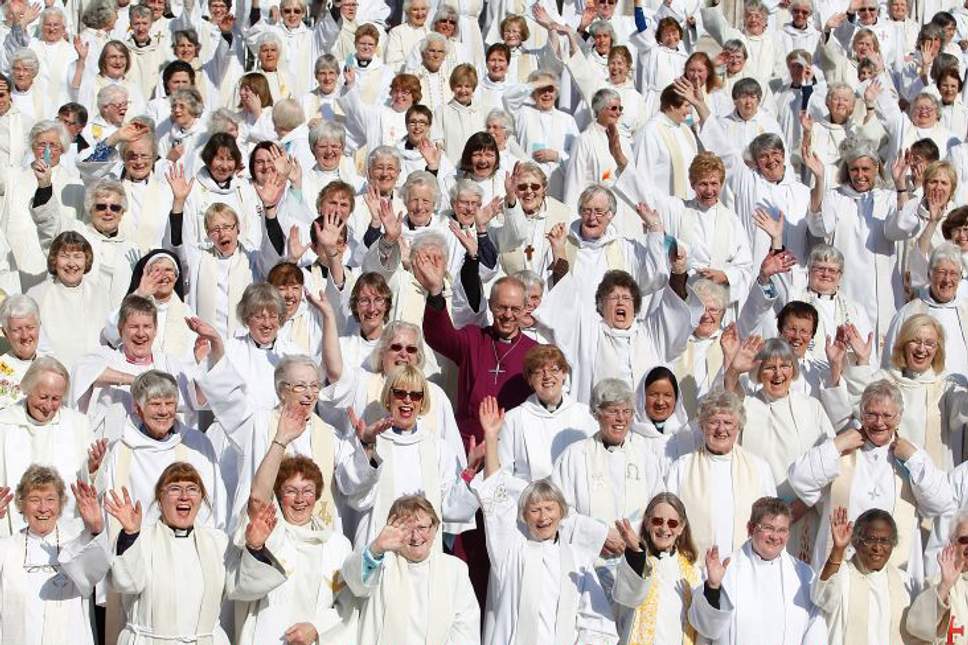
One of the notable things about last night’s episode of Panorama about child abuse in the Church of England was the official press statement put out by the Church after the programme. It recognised that the screening of Panorama might be upsetting for some viewers and helpfully provided a NSPCC helpline for those affected. We are left wondering why the Church has not accumulated the expertise and wisdom to set up such a temporary hotline for itself. How is it that if, as is often protested, the needs of survivors are central to their concerns, the necessary skills and experience are not close to hand? We might have hoped that from across the Church, a half dozen experienced people, with training in counselling and knowledge of safeguarding issues could have been brought together for this purpose.
The ‘inconvenient truth’ about the Church’s response to safeguarding and child protection was hinted at again and again in the programme. Without it being spelled out, we got the message that, for the Church hierarchy, victims/survivors of sexual abuse are a difficult problem; they are ‘damaged’ people; they have complicated needs and the Church has many other exciting and more important things to do. Providing a proper response to survivors would be horrendously expensive, time-consuming and deeply uncomfortable for Church leaders. The programme, at its conclusion, did not give us a clear answer as to whether anything has fundamentally changed in respect of the treatment of survivors. The lead Bishop in charge of safeguarding, Peter Hancock, fielded for the home team, representing and speaking for the episcopal leadership and senior lay staff who run the Church of England from Church House. Hancock appeared to give a good account of the way that the Church is now approaching the issue of historic abuse. ‘It was a mistake’, he admitted, ‘not to put out all the data that we had’. This comment was in reference to the so-called Past Cases Review (PCR) which began in 2008 when the national Church was attempting to find out the extent of the problem of historic child abuse by church officers. This comment followed one from Bishop Alan Wilson when he described his shock at finding out how figures of historic abuse cases had been ‘massaged’ downwards to the improbable total of 13. Alan has become a friend and supporter to many survivors and so his voice provided a refreshing degree of scepticism to the official line being put out by central Church authorities throughout the programme. The extraordinary understatement of the overall problem by the PCR has led inevitably to widespread scepticism about the Church’s official line ever since.
The programme spent much of its time focussed on the Diocese of Lincoln. Officially there were, in 2012, no historic cases needing to be re-examined. But, a new employee in the diocese had found a list that had been prepared for the Review containing 53 names. The police were called in.
Panorama then followed the police account of Operation Redstone under the leadership of Detective Superintendent Mike Hatton. As well as contacting the survivors of past abuses, the police uncovered evidence that two former bishops of Lincoln had in different ways chosen to overlook or supress evidence of perpetrators. This enabled them to continue in office so that they could be a risk to other children. Lincoln Diocese spoke of its regret and the word ‘mistake’ once again appears in the official statements.
Things, according to Bishop Hancock, are now different. The response of the church to survivors coming forward is now ‘compassionate, fair, appropriate and swift.’ This narrative of a fresh updated approach to survivors was contradicted by one of their number, Matt Ineson. ‘The Church does not want to know’ was his reaction and this was true for him and other survivors that he was in touch with. His experience of disclosing severe sexual abuse by a clergyman in the York diocese goes back seven years to 2012. Being a clergyman himself, he had followed the formal procedures for making complaints. He approached and disclosed to a number of senior clergymen, including the Archbishop of York, John Sentamu. Each of his eight submissions to clergy and bishops had been deflected in some way. In the end he went to the police. His abuser took his own life before coming to trial.
Bishop Hancock expressed his own regret at the way the Church had treated Matt and said that there was going to be review of his case. Bishop Alan in a memorable image suggested that the church was like an ‘uptight institution hiding behind the sofa chatting to the lawyers’. Bishop Hancock’s protestations of openness and a new beginning were also somewhat undermined when, in response to a direct question about the number of extant cases there existed, he refused to give any figures. This was in contrast to his stated desire for the church to be transparent in all its dealings. There still seems to be a strong sense of the church holding on to its secrets and privileges over against the clamouring of survivors and the public who want a new openness and a fresh start.
The programme concluded with a number of story-lines unfinished. There was Matt’s story which still has many unanswered questions to be faced, particularly in respect of his official complaints against named individuals. These remain unresolved. There was also mention of a newly uncovered file in the York diocese mentioning a number of abuse cases that have not been examined. We still were left with the feeling that for whatever reason, the Church remains defensive and highly secretive. Any control of information, which still appears to be happening, is a power tactic. If there is still secrecy and an attempt to bury the past, all such attempts to do this will likely fail. Truth, as I have said before, has a habit of spilling out to the embarrassment of those who want to suppress it. The secrets that are held in order to protect reputations have the capacity to wreak enormous damage on institutions. The Church of England has much to lose if it does not get its house in order over safeguarding.






